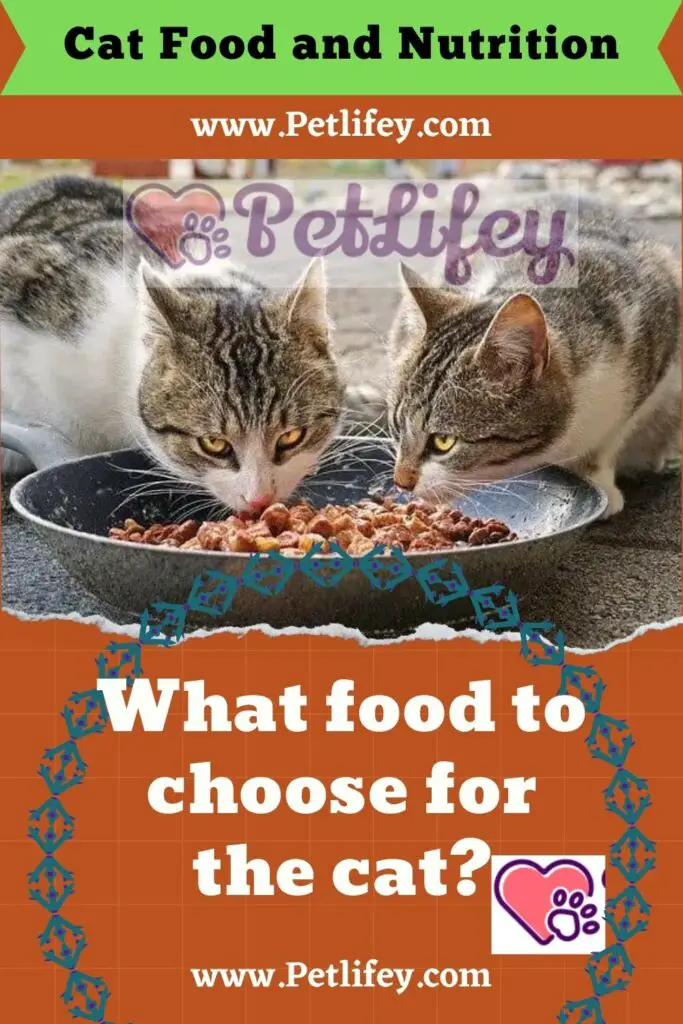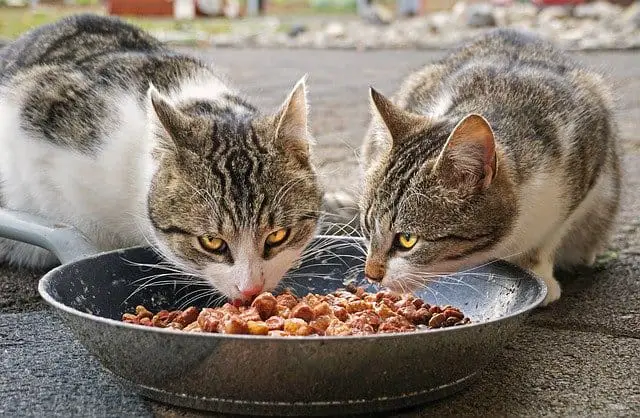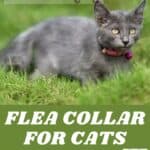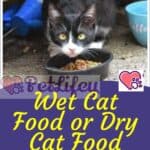
Food and cats: how to make them grow better?
Questions about nutrition are what anyone who owns a cat asks.
The diet for your cat must be well balanced in every phase of life to ensure a harmonious and correct development. The cats are felines which is why by their nature they are carnivores, so it is good to choose from small recipes based on meat or fish.
To ensure their well-being, it is also important to calibrate the right amount of carbohydrates (possibly very low), fiber and vitamins essential for growth. To choose good quality foods it is therefore essential to know how to read the composition, on the label, and to know the needs of your cat. Especially for cats who live indoors and are at risk of being too lazy, nutrition is one of the aspects that more than any other affects health.
Also as regards the variety, it is good to alternate dry and wet food to ensure maximum palatability and to ensure that the cat takes liquids in its nutrition.
What food to choose for the cat?
When you buy cat food, the first choice you are faced with is between dry or wet food. Many cats tend to love the wet one more, because it is tastier or often simply more fragrant, but it is important if possible to follow a varied diet that includes both.
White meat of chicken or game, but also beef and fish, are ideal animal ingredients for feeding small cats, and it is good to make sure that they are always the first ingredient on the list and in general also the one present in greater percentage, therefore higher. of rice or cereals. When buying kibble or wet, it is also necessary to check whether they are “complete foods”, ie they include all the nutrients, vitamins and amino acids essential for the health of the cat, or “complementary”. When you choose a can, for example of natural moist, it is often complementary and it is therefore good that they are integrated, for example, with croquettes.
Following such a diet it will therefore be harmful to provide the cat with extra food perhaps taken from its own plate, because it will risk unbalancing its diet with the risk of being able to accumulate excess weight over time.
Cooking for cats
There are those who prefer home-cooked food to the classic dry and wet food for cats, which is as close as possible to the diet that the cat would have in nature. In these circumstances there are several warnings, first of all the indispensable quality that cat food must have.
Only first quality meat, fish and offal: the cat particularly likes the muscular part but also any edible organs, which contain a high percentage of water and are a source of essential nutrients. Other ingredients of animal origin may be included, such as eggs and dairy products (if the cat has no sensitivity to lactose). On the vegetable part, this is certainly in smaller quantities and only of some types such as salad, carrots or zucchini.
To follow a home diet that is balanced and guarantees the cat’s well-being, it is essential to rely on a nutritionist veterinarian, who gives all the information on the types of ingredients, quantities and methods of preparation, as well as any supplements, so that in the long term the cat does not have deficiency of nutrients.
Croquettes for cats

Another important consideration concerns the quantity: for each food, both kibble and wet, one must not overdo it. All foods have the recommended daily dose on the label based on the weight of the cat and it is good to follow it as much as possible to avoid overweight or other diseases. It should also be kept in mind that the cat is used to eating many small meals, even at night (just as it would do with small prey hunted in nature) so it is normal that it does not eat everything immediately but that in the bowl there are kibbles available throughout. throughout the day.
For smaller cats, things change: kittens in the first phase of life feed exclusively on their mother’s milk.
Only from six weeks onwards it is possible to enrich the diet with wet or dry according to the needs, remembering to prefer kitten foods, that is specific for growing kittens.
Finally, a warning that cannot be ignored is to always provide the cat with plenty of water, to ensure it has the hydration it needs.






